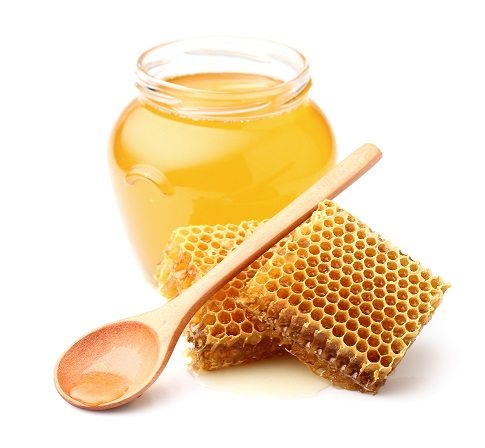
All honey manufacturers have to make their products undergo honey testing to ensure their high-quality and adulterants-free nature.
Most operators do this out of regulation and don’t know the significance of this testing. It’s important for you to understand the importance of honey laboratory test.
This way, you will be able to provide your consumers with the best possible quality of honey that will taste amazing and benefit their health.
Here, we will provide you with all details on honey analysis that you must know before sending your products for tests.
Importance of Chemical Test for Honey
However, can we say the same for the honey we buy from the market? The processed honey market is rife with additives such as sugar syrup that are used to increase the volume of honey and add an artificially sweeter flavour. While this may improve the amount, taste, and presentation of honey, it certainly affects its quality.
A honey quality test gets conducted here to check the given product for its purity and ensure all the components are within their permissible limits.
If you’re in the business of distributing honey or its byproducts, our honey testing lab can give you a complete honey analysis to ensure that your produce meets the national regulations and is safe for consumption.
Honey Analysis – Preliminary tests you can do at home
Before sending your product to a honey testing lab you can conduct the following tests to see if any common additives are present in your honey products.
- The Thumb Test
One of the easiest honey adulteration tests wherein all you need to do is – put a small drop of honey on your thumb and wait. If it’s pure, it won’t spread and spill out, and if it does, then it’s likely adulterated.
- The Vinegar Test
Another simple chemical test for the identification of honey involves vinegar. In this test, you need to mix 2 – 3 teaspoons of vinegar in one tablespoon of honey along with some water. The formation of mixture indicates adulteration, which isn’t the case if no mixture gets formed.
- The Flame Test:
Dip a dry matchstick in honey and try lighting it. If it lights up easily, it means that your honey is pure, however, if it doesn’t light up, it’s a clear indication of having moisture or adulterants in the honey.
- The Blot Test
This test is beneficial in checking whether the given honey is diluted with water or not. Here, you need to put a few drops of honey on an efficient blotting paper. While neither of the honey will get absorbed into the paper, the diluted one will leave a wet mark around it. So you will know that it has some water content.
Apart from these, you can also conduct the water test for honey analysis at home. In that, you simply need to put a few spoons of honey in a glass of water. If your honey is pure, it will settle at the bottom of the glass. Otherwise, it will dissolve in the water.
One thing you need to remember here is that none of these tests is 100% accurate. You will have to look for a honey analysis laboratory if you are looking for proper and professional testing of honey on a large scale.
Why Arbro Pharmaceuticals for Honey Analysis?
At Arbro Pharmaceuticals we perform a variety of honey quality/authenticity tests, including honey antibiotics testing under different parameters. We can provide a wide range of adulterant/additive testing to ensure that your produce is of the highest grade.
With us, you will get solutions for all your honey adulteration test requirements in just one place. Our professionals will offer you the best service so that you can provide the perfect honey to your consumers, which will ultimately improve your brand’s image in the market.
Therefore, do not delay in getting your honey tested in our honey analysis laboratory. Reach us through the given ‘Quick Query’ form. You can also reach us by phone: +91-11-45754575. We will ensure your honey gets tested appropriately for the most accurate results.
Refer to the following table to understand what all different tests can be done to check for the purity of honey:
|
Material Test |
Tests Performe |
Tests Method |
|
Honey, Honey based drinks, Sherbats |
Moisture |
IS: 4941-1994 |
|
|
Acidity |
IS: 4941-1994 |
|
|
Total reducing sugars |
IS: 4941-1994 |
|
|
Sucrose |
IS: 4941-1994 |
|
|
Fructose/ Glucose ratio |
IS: 4941-1994 |
|
|
Specific gravity |
IS: 4941-1994 |
|
|
Fiehes test |
IS: 4941-1994 |
|
|
Anilene chloride test |
|
|
|
HMF |
IS-4941-1994 |
|
|
Ash |
IS-4941-1994 |
|
|
Acid insoluble ash |
IS-4941-1994 |
|
|
Invert sugars |
IS-4941-1994 |
|
|
Color |
IS-4941-1994 |
|
|
Refractive index |
IS-4941-1994 |
|
|
Foreign matter |
IS-4941-1994 |
|
|
Chloramphenicol (CAP) |
APL/SOP/040 |
|
|
Nitro furans |
APL/SOP/041 |
|
|
Streptomycin |
APL/SOP/042 |
|
|
Tetracycline |
APL/SOP/045 |
|
|
Sulfonamides |
APL/SOP/046 |
|
Honey |
Organochlorine Compounds: |
|
|
|
Chlorbenzilate |
AOAC970.52 |
|
|
Hexachlorobenzene |
AOAC970.52 |
|
|
p, p DDT |
AOAC970.52 |
|
|
o, p DDT |
AOAC970.52 |
|
|
p, p DDE |
AOAC970.52 |
|
|
p, p DDD |
AOAC970.52 |
|
|
α-HCH |
AOAC970.52 |
|
|
β- HCH |
AOAC970.52 |
|
|
γ-HCH (Lindane) |
AOAC970.52 |
|
|
Vinclozolin |
AOAC970.52 |
FAQs
1. What is adulteration in honey?
The honey you buy from the market isn’t exactly the same honey that gets extracted from beehives. Distributors usually process natural honey with several more substances to increase its overall volume and make it sweeter. This mixing of substances and reduction in purity is called adulteration.
The most common adulterants used in honey are:
Cane Sugar Syrup (CASS)
High Fructose Corn Syrup (HFCS)
Inverted Sugar Syrup (ISS)
Corn Sugar Syrup (COSS)
Apart from these, natural origin syrup like maple can also be found in honey. In order to ensure all these components are present only in a specified “safe-to-consume” quantity, a chemical test for the identification of honey and honey quality tests are done.
2. What are the qualities of good honey?
In simple words, we can say that the purer the honey, the better it is. However, this statement alone isn’t enough to prove that a provided jar of honey is good enough. Three qualities that help in judging the honey’s grade in a honey analysis laboratory are:
Water Content: Honey with high water content tends to lose its freshness and ferment. That is why the recommended water content in honey is below 20%.
Colour: This may not be the primary basis to judge the honey’s quality, but dark honey is generally considered to have more minerals and beneficial properties.
Hydroxymethylfurfural (HMF): HMF quantity depicts the heating and storage that the honey has gone through. So the product that requires further processing can’t exceed 10-15mg/kg under honey laboratory tests.
3. How do you test honey?
There are various tests like the thumb test, vinegar test, and flame test that you can perform at home to test the quality of honey. However, this type of honey analysis is of no importance in the bulk distribution of the product. That is why our honey testing lab includes the following tests:
Moisture
Specific gravity
HMF
Colour
Acidity
Honey adulteration test
Other chemical tests for honey
Drug residues
Pesticide Residues
Heavy metals




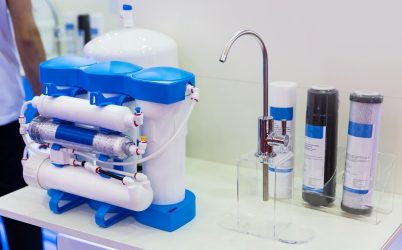

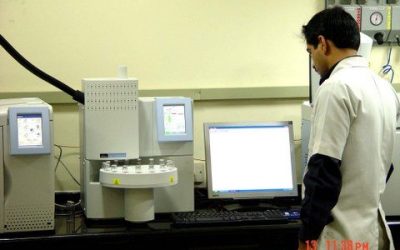

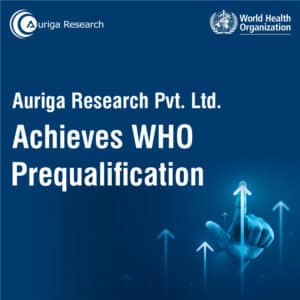


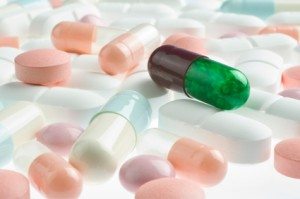
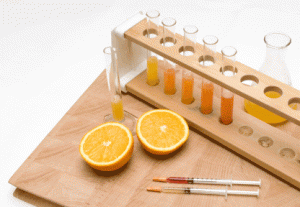

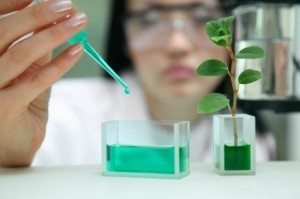


One Response
Fructose